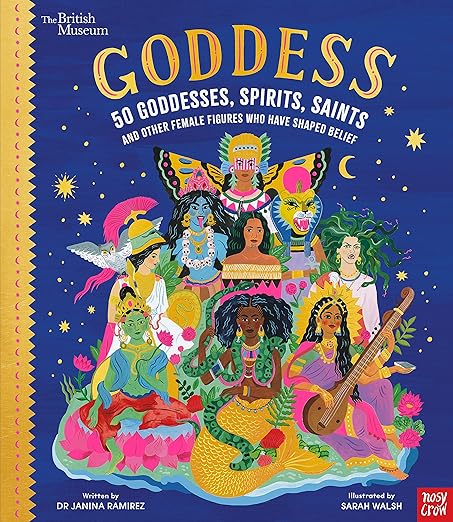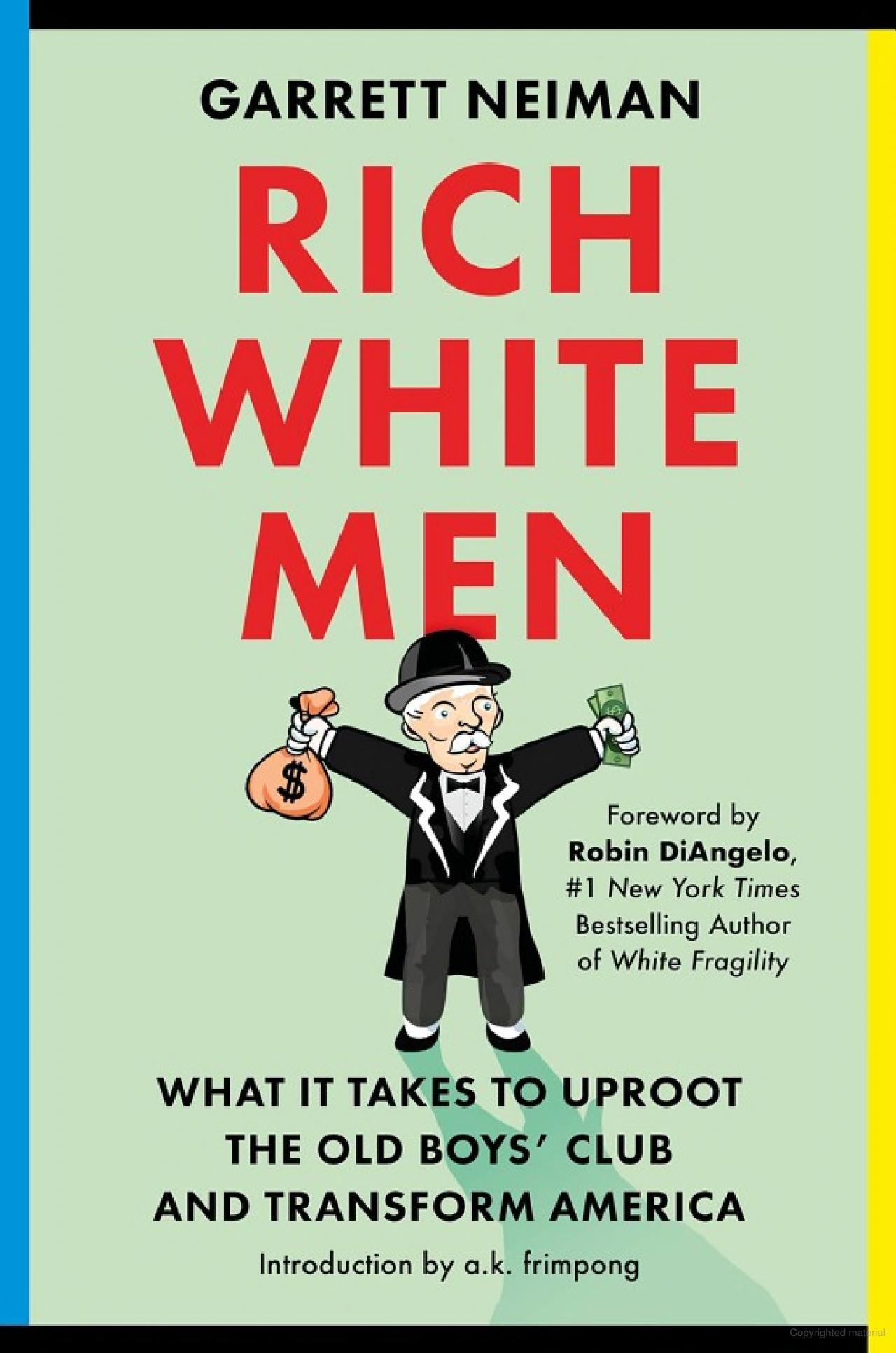Saturday, May 18, 2024
Goddess: 50 Goddesses, Spirits, Saints and Other Female Figures Who Have Shaped Belief
Stories from around the world across millennia have revered female figures and archetypes. Goddess stories have influenced beliefs and practices about women and feminine energy. Cultural historian Dr. Janina Ramirez brings together 50 women deities, saints, and spirits from various cultures in "Goddess," published by The British Museum. The illustrated volume features full-color illustrations by Sarah Walsh that exquisitely render the legend and authority of influential and magical women.
"Goddess" is an excellent introduction to women's empowerment for young readers. While the stories may be short, they can effectively capture the imagination of anyone open to learning enduring myths from different cultures. The book highlights the power of storytelling in shaping beliefs about gender and gender roles. For example, several stories share a connective theme of nature, such as Oshun and her dominance over the river, Pele and the volcano, and Mokosh, the Slavic deity of the Earth.
Another prominent theme is the role of women as both the creator and destroyer, for example, Xiwangmu, ruler of life, death, creation, and destruction, and Gaia, the Greek goddess of creation and death. From Wales to West Africa, "Goddess" illuminates beliefs about the power and agency of women, representing the spectrum of sacred feminine embodiment.
Sunday, May 12, 2024
Rich White Men
"Rich White Men: What it Takes to Uproot the Old Boys' Club and Transform America," is a profound exposition of how intergenerational wealth yields unearned racial and gendered advantages have created deeply unjust institutions. Author Garrett Neiman draws from his years as a nonprofit executive and fund-raiser who had a front-row view of how billionaires think, speak, and act about social issues. Turns out, billionaires have certain viewpoints about race, class, and economic equity that are far removed from the real-life experiences and reality of the average American. Neiman, who identifies as a rich white millennial man, breaks down the mechanics of inherited wealth and how the old boys’ network reproduces inequality.
I read the book from the point of view of an immigrant woman of color from a low-wealth background. Racial equity guru Robin DiAngelo’s foreword sparked my interest in the book. While I am not the target reader demographic, I found Neiman’s approach disarming, honest, and even self-deprecating. He demonstrates ample courage in using his own experiences and revelations to make essential points about interlocking systemic inequities that are based on gender, race, and class. Readers get insights into how the very rich conceptualize poverty and the inherent logical flaws of meritocracy. In addition to personal stories, Neiman supports his claims through research and other data sources. But the author’s personal testimonies make "Rich White Men" a compelling read.
Subscribe to:
Posts (Atom)

